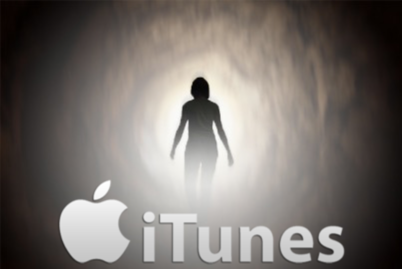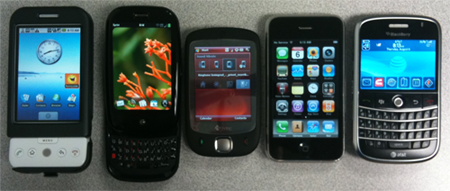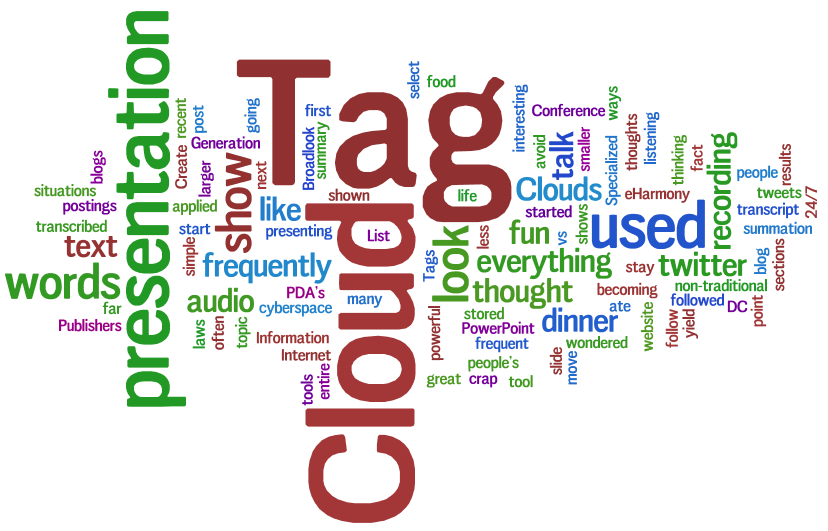Late yesterday I learned from Twitter that Whitney Houston died. 99% of the Whitney Houston Tweets were exactly, “RIP Whitney Houston.” Okay… but how did she move you? Do you remember a special dance with that one girl while she was singing? Was her voice so beautiful...

What happens to my iTunes music after I die?
What happens to my iTunes music after I die? It’s been something I’ve been thinking about. Now that Steve Jobs has left us, it’s come to the top of my mind. For months I’ve been looking on iTunes at the Beatles complete collection. It is around $100, a $9.99...

The decline of Apps and the rise of Agents and Clewds
Last week, while presenting a live webinar "The Near and Far Future of Recruiting" I had an epiphany. I was talking about the eventual decline (or morphing) of Facebook. The theory is this: Mobile computing power in 10 years will be server-capable. Add in violation...

iThink: “Thought to Text” Technology
I have been struggling, for years, with getting speech-to-text working in a usable way. About every two years over the last ten, I go out a store, excited, and buy the most recent voice recognition software. I’m always hoping for a break-through. I’ve tried various...

Disruption by convergence. Here comes the iPad
I have a message to those naysayers on the iPad: You have no imagination, you have no vision, or you have an agenda.
Getting social network apathy?
It is hard for me to look at a "what are you thinking" box in a social network and not write something. A few minutes ago, I got sucked in to google buzz. This is where this post came from and what inspired it. I'm convinced I'm right. I'm getting social network...
Blogging from my iPhone
Writing in a hand held device is constraining. I'm pecking now with a single finger in the dark. House asleep, new baby Rhea sleeping. Makes me choose words much more carefully, no slower. Thoughts: iPhone apps that should be: 1. Skype for children. 2 buttons and 2...

Vision of a mobile future; embrace your mobile computer
I wake up naturally. My breathing changes and my iPhone 10GS senses the noise in the room and determines that I am awake. The iPhone is sitting on a charging pad on my nightstand, cords connected to devices is a thing of the past. The full size wall screen in my bedroom silently turns on. It is all powered by my iPhone.

Fun with Tag Clouds
I’ve often wondered how to select people on twitter to follow that are not going to post crap about what they had for diner. Twitter are you listening? Create a tag could that is a summation of people’s tweets. Tags to avoid (for me) I, me, my, ate, food, diner.
Idea for Google Android(GPhone): no ring zone
After reading about the new Google Android cell phone platform (the Gphone), it rekindled an idea that I had at a conference some time ago. Turns out there is no "phone" behind the gPhone. Instead it is an open source platform for cell phones. About 2 years ago, I...